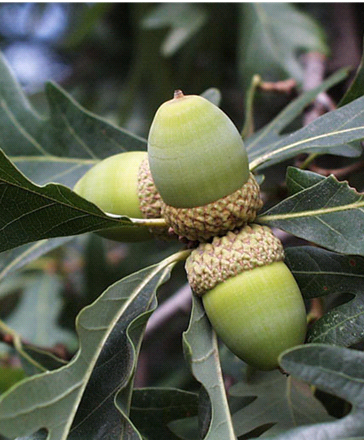Biological Sciences Team
Understanding Tree Resistance
- Our goal is to use molecular biology to increase our understanding of tree resistance and better prepare for a rapid response to future forest threats
- Our research focuses on the fundamental mechanisms of resistance to biotic and abiotic stress in trees, especially invasive diseases and insects
- Our work will involve the development of new genetic tools for improving trees and the introduction of resistant genotypes to tree breeding programs
Meet the Biological Sciences Team
Albert Abbott
albert.abbott@uky.edu
Schatz Center for Tree Molecular Genetics,
Pennsylvania State University
Anna Conrad
Postdoctoral Scholar
The Ohio State University
Seth Debolt
seth.debolt@uky.edu
Associate Professor of Plant Biology
Department of Horticulture
University of Kentucky
Tyler Dreaden
Research Plant Pathologist,
US Forest Service Southern Research Station
Shenghua Fan
Researcher
University of Kentucky
Mark Farman
mark.farman@uky.edu
Professor/Director of UK Advanced Genetic Technologies Center
Department of Plant Pathology
University of Kentucky
John Lhotka
john.lhotka@uky.edu
Associate Professor of Silviculture
University of Kentucky
Doreen ‘Dorrie’ Main
dorrie@wsu.edu
Associate Scientist/
Associate Professor of Bioinformatics
Washington State University
Scott Merkle
smerkle@uga.edu
Associate Dean of Research
& Professor of Forest Biology
The University of GA
C. Dana Nelson
dananelson@fs.fed.us
Project Leader/Research Geneticist
USFS
Lynne Rieske-Kinney
lrieske@uky.edu
Professor, Forest Entomology
University of Kentucky
Meg Staton
mstaton1@utk.edu
Associate Professor of Bioinformatics
The University of Tennessee
Jill Wegrzyn
bioinformatics@uconn.edu
Facility Scientist
University of Connecticut
Tetyana Zhebentyayeva
tzhebe@clemson.edu
Schatz Center for Tree Molecular Genetics,
Pennsylvania State University
Hongyan Zhu
hzhu4@uky.edu
Assoc Prof Plant Genetics and Genomics
Department of PSS
University of Kentucky

Focal species will include white oak (below) and other trees threatened by invasive pathogens and insects.
